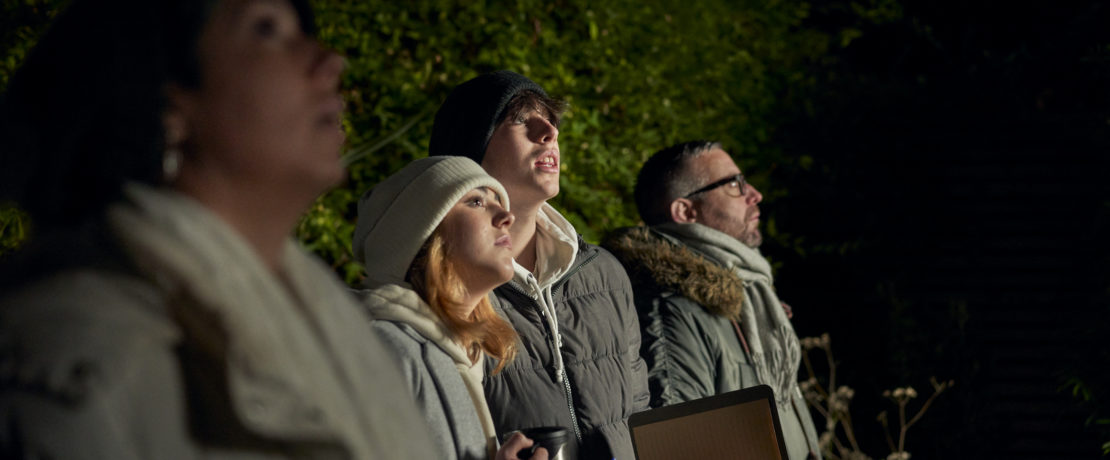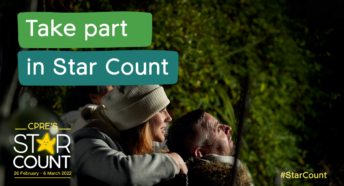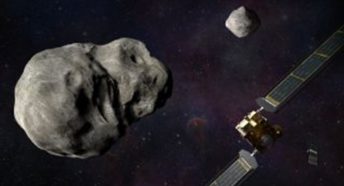Star Count 2023
Our annual star-counting project takes place between 17-24 February. Want to take part? Read on to find out how.
What is Star Count?
We think that dark and starry skies are a special part of enjoying our countryside. Nothing beats looking upwards to see velvety blackness, with twinkling constellations as far as the eye can see.
Our buildings and roads emit light, though, and this can affect our view of truly dark skies, and cause problems for wildlife. We want to make sure that we can all enjoy starlit nights, and we need your help in measuring what effect light is having on our views of the galaxy.
The best way to see how many stars we can all see in the sky is … to count them! Every year, around February, we ask people from all across the country to become ‘citizen scientists’ and look heavenwards for one night.
Over the years, many thousands of you have submitted your count, which our experts then analyse and compare with previous years. We then publish our findings on the website, and email those who took part.
Star Count 2023
Star Count 2023 will take place between 17-24 February 2023.
Your results from Star Count will help us make a map of where star-spotters are enjoying deep, dark skies. By showing on a map where light pollution is most serious, we can work with local councils and others to decide what to do about it.
Together, we can work towards rewilding our skies for the benefit of people and wildlife.

Looking for an activity to do with the kids at home?








